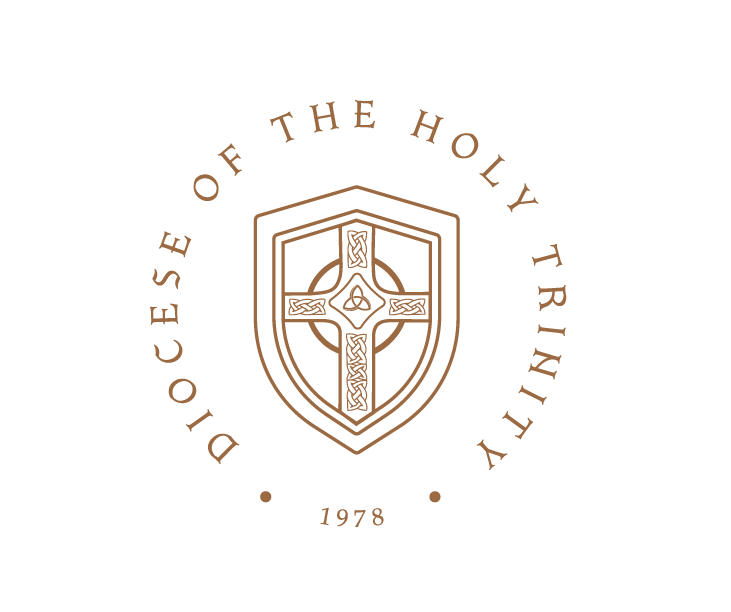Ephesians 5 and Marriage
Ephesians 5:22-32 is the longest and most theological passage about marriage in the New Testament. But it is not read at many marriages these days; what is says about headship and submission makes people uncomfortable. The favorite alternative seems to be 1 Corinthians 13—which is about speaking in tongues and spiritual gifts, not marriage. Ephesians 5 is the epistle for a marriage in the Book of Common Prayer. Consequently, I’ve had many opportunities to think and preach about it over the years. This has been a good lesson in why we should continue to read and learn from passages that make us uncomfortable.The standard dismissal of Ephesians 5 is that it reflects St. Paul’s ancient patriarchal prejudice and is, thus, unfit for our enlightened age. I’ve come to realize that St. Paul is not talking about either first century patriarchy or twenty first century gender correctness. He is commenting on the story of the fall in Genesis 3. In Genesis 3 Eve had a conversation with the serpent that led to the first sin. Adam stood by watching and listening, but did nothing except join in the rebellion. This is a basic pattern in a disordered marriage. A wife acts on her own, without respect for her husband; in response, the husband checks out and leaves his wife alone.Eve had received the commandment not to eat the fruit through her husband, who had received it from God. Eve did not trust/believe the word her husband got from God and rebelled against it. Adam stood by and let his wife do battle with the evil one all by herself; then he passively participated in the sin. Enter St. Paul meditating on the drama of redemption: “Wives submit yourselves to your own husbands as unto the Lord.” That is, undo the pattern of the fall by trusting God and this man God has given you. Do not rebel. “Husbands love your wives as Christ loved the church and gave himself for her.” That is, do not abdicate your responsibility for the woman God has given you; love her, fight for her, die for her, slay the serpent/dragon for her. The wife is addressed first because Eve sinned first.The ideal New Woman is exemplified in the New Testament by Mary. She received God’s word through a messenger named Gabriel, and she believed and trusted it: “Behold the handmaid of the Lord; be it unto me according to thy word” (Luke 1:38). The role of the New Man is exemplified by Christ who died for his bride on the cross and, thus, conquered the evil one. The vocation of bride and groom in a Christian marriage is to follow this new pattern.This is central to the spiritual growth of each partner. Trust is a central issue for women. Feeling abandoned, they develop a pattern of trying to control things rather than a pattern of faith, obedience and prayer. Fear of being inadequate for the task is a central issue for men. They are afraid that they do not have what it takes to provide, protect and conquer evil; so they abandon their responsibility and leave their wives alone. In the disordered pattern created by the fall, each partner’s natural tendency exacerbates the fear of the other. Ephesians 5 is the remedy.First Corinthians 13 is a beautiful passage. But marital love will only reflect the patient, kind, longsuffering and selfless agape of 1 Corinthians 13 when it conforms to the redemptive pattern of trust and sacrifice prescribed in Ephesians 5.

